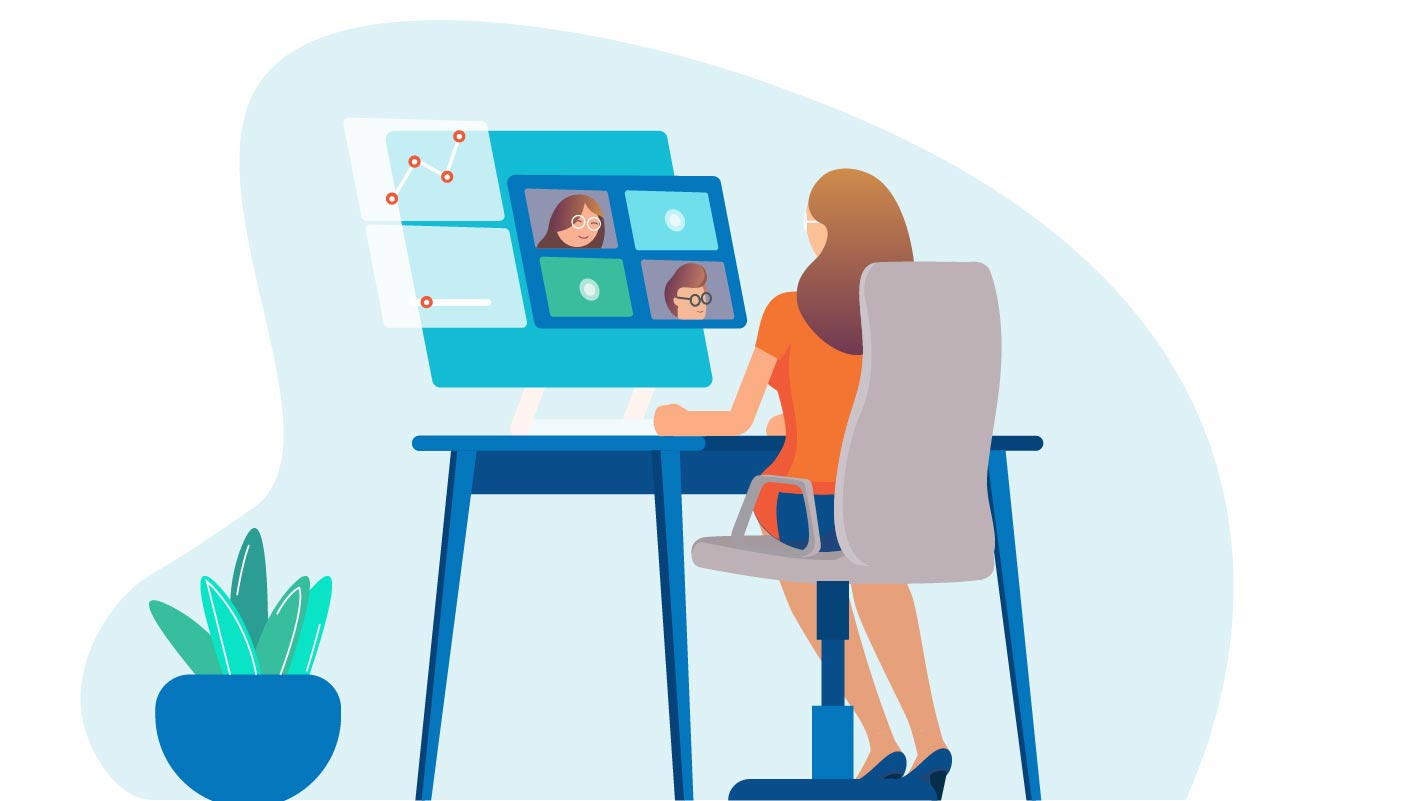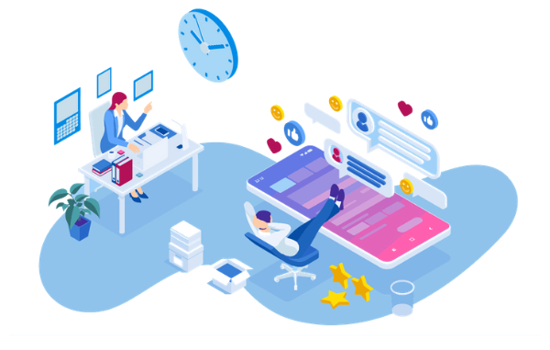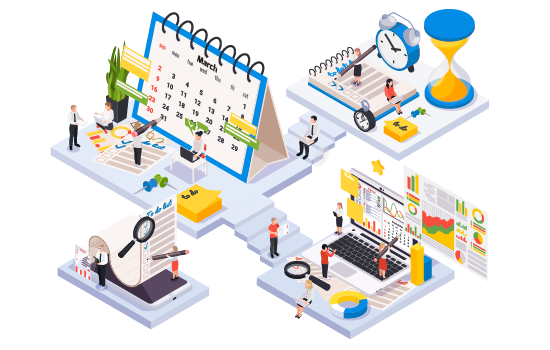Happy employees when working remotely? Let’s do the test!

The employees are the soul of your business. And there is a direct link between their happiness and the growth of the company, especially in difficult times.
According to a study by Galup, American employees who are disengaged from the objectives of their teams generate company losses of 450-550 billion dollars each year. How? Through low efficiency and absenteeism.
Happy employees bring 20% more productivity, as shown in a study by Social Market Foundation and the contentment of the sales team brings a 37% boost in sales.
The happiness of your employees depends a lot on their physical and mental health, it’s a universal principle – people have the right to the highest standards in work security.
The current situation
It all sounds really good in theory, right? But in practice things look a bit differently. That’s because we are currently facing a special situation related to the COVID-19 pandemic.
On one hand, we have employees who go daily to the workplace, exposing themselves to risks to their health and who are stressed by the perspective of a potential contamination.
On the other hand, we have teams who are now experimenting with working remotely and with the disconnection that can appear with isolation.
What’s to be done?
First of all, we have to maintain the link between the well-being of our employees and the productivity of our company. The employees must not be exposed to the unnecessary risk of contamination or be forced to accept medical leave or vacation days just to keep safe. This type of mentality brings nothing good for the growth of your business.
The optimal solution for this period is establishing a system for your team to work remotely, but this system has to come as a result of a well thought plan, not as a spot solution taken between 2 Skype sessions.
If you have teams that work remotely or you are thinking of implementing remote work in your company, here are 4 steps to help you get started:
- Assess the level of preparation for working remotely: does your company have a policy to that effect? How many jobs can be done remotely – totally, partially or not at all?
- Communicate with your employees about working remotely – how do your employees feel about working from home? What will be the impact on the company’s culture?
- Find ways to monitor and support the employees who are working remotely – solutions to help monitor the completion of tasks in real time, generate reports or organize special events for the employees.
- Work closely with the managers to ensure collaboration and results from working remotely.
Wherever you start
Try to create long-term solutions that can benefit you even after this current crisis is finished. Analyze the possibility of working remotely, partially or fully, is it more convenient for your company? What are the costs involved? What type of team adaptations will be generated by the change? How will you be able to use all this to increase productivity and keep your employees happy?
The coronavirus pandemic is the greatest experiment done so far by the humanity, mainly because of the impact of the virus on a global scale. But also because we already have full access to mature and available technologies for working remotely, despite the reluctance of some employers. It’s now time to test them and see if they bring happier & healthier employees!
If you’re interested in finding out more about the action plan for transfering your work remotely, follow us for more details in the upcoming posts.


